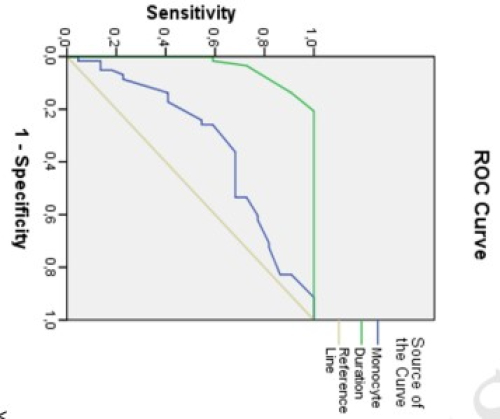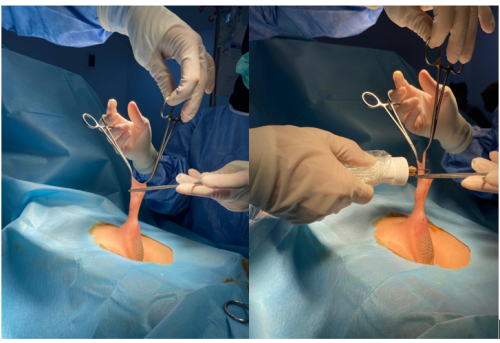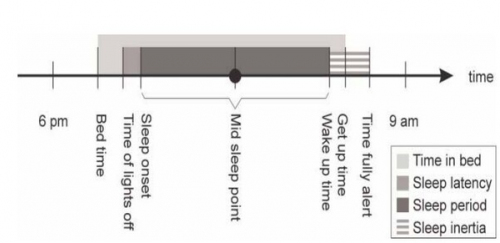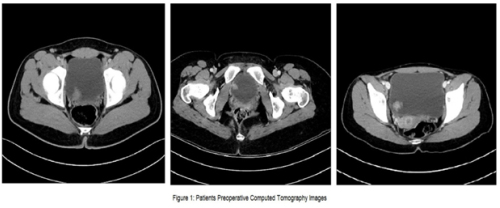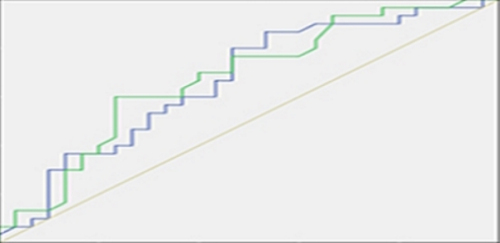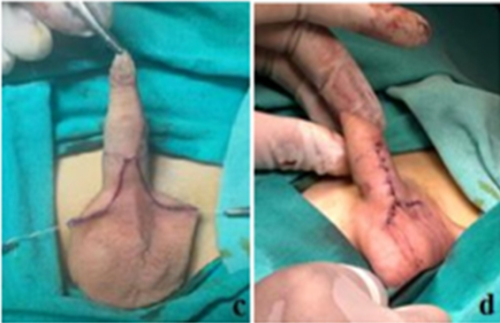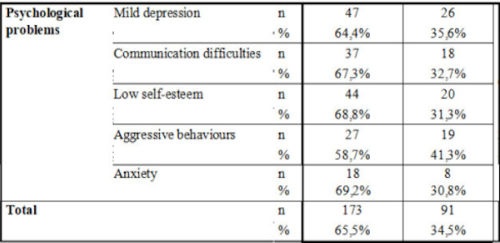Objective: We aimed to evaluate the effects and results of RIRS according to the location and size of kidney stones in the pediatric population.
Materials and Methods: A total of 32 pediatric patients with upper urinary tract stones with 40 renal units were investigated in terms of stone size and location. Stone location, gender, stone size, stone Hounsfield unit, preoperative stenting, access sheath size, complication, length of hospital stay, and stone-free rates were retrospectively analyzed . Patients were divided into two groups. The first group patients who had stones smaller than 2cm, and the second group who had stones larger than 2 cm.
Results: The mean age of the patients in Group 1 was determined as 10,8 (4-17) years, and the mean age of Group 2 was determined as 15,1 (10-17) years. The age difference was statistically significant (p: 0,003). There was no statistically significant difference in gender distribution (p: 0,289). The average stone size of Group 1 was measured as 12,6 mm (11-17), and the Group 2 stone size was measured as 25,2 mm (20-43) on average. In terms of operation times, the average operation time in Group 1 was 48 (30-70) minutes, and the average operation time in Group 2 was 65 (40-95) minutes, and a statistically significant difference was observed (p: 0.015). In the first group, the stone-free rate in a single session was 76.3%, and in the second group, the stone-free rate in a single session was 62%. There was no statistically significant difference between the groups in terms of stone-free rates (p: 0,295).
Conclusion: RIRS is a method that can be used safely and effectively in pediatric patients with kidney stones smaller than 2 cm, with high stone-free rates. Although; the stone-free rate was lower in stones larger than 2 cm compared to those smaller than 2 cm, this difference was not statistically significant.
